In the fast-paced, high-impact world of the National Football League (NFL), concussions have long been one of the sport’s most pressing concerns. For decades, players have faced the risk of brain injuries due to the violent collisions and physical demands of the game. Over the years, the NFL has made significant strides in improving its concussion protocols and implementing safety measures. However, despite these advances, neurologists and sports medicine experts are raising concerns that the league’s current protection technologies and safety protocols are still not fully aligned with the latest scientific research on brain trauma.
In recent weeks, the NFL has once again revised its concussion protocols, responding to both public outcry and pressure from experts to better protect players. While this is a step in the right direction, neurologists are questioning why the technology and methods employed to detect and prevent brain injuries are still lagging behind the most up-to-date scientific research by as much as 15 years.
This article explores the recent updates to the NFL’s concussion protocols, examines the concerns raised by medical experts, and delves into the science behind concussion research and the development of protection technologies that are still not being fully implemented at the highest levels of the sport.
1. A Brief History of Concussion Protocols in the NFL
Concussions in the NFL are hardly a new issue. In fact, the NFL’s long history of ignoring the serious implications of brain injuries is now well-documented. For decades, players were often encouraged to “shake it off” and return to the field immediately following a head injury, even though the effects of concussions can be long-lasting and debilitating. It wasn’t until the early 2000s that the league started to take brain injuries more seriously, following mounting evidence from neurologists, scientists, and former players who had suffered from a range of neurological disorders.
In response to growing concerns, the NFL began to implement a series of concussion protocols, including:
- Sideline evaluation: A series of tests designed to assess players suspected of having suffered a concussion, including memory, balance, and cognitive functions.
- Independent neurologists: A requirement for independent doctors to be present at games to help determine whether a player should be allowed to return to play after a concussion.
- Baseline testing: Pre-season cognitive assessments designed to establish a player’s normal brain function, which can then be used as a reference if a concussion is suspected.
Despite these measures, the league has faced criticism for not doing enough to protect players, particularly in light of studies that have shown long-term consequences of concussions, such as Chronic Traumatic Encephalopathy (CTE). CTE, a degenerative brain condition linked to repeated head trauma, has been found in the brains of many former NFL players, and its prevalence has raised alarm bells within both the medical community and among fans.
The NFL has made improvements over the years, introducing new protocols and equipment to better protect players, including better helmets, improved concussion detection technology, and stricter rules on hits to the head. However, despite these changes, experts argue that the current concussion protocols still fall short in addressing the long-term and real-time needs of the players.
2. The Latest NFL Concussion Protocols: A Step Forward or Just a Band-Aid?
The most recent revision of the NFL’s concussion protocols came after a high-profile incident involving Miami Dolphins quarterback Tua Tagovailoa, who was allowed to return to the game despite displaying signs of a concussion in a previous match. His wobbly gait and difficulty standing raised serious concerns, leading to a public outcry and calls for more stringent measures to protect players from returning to the field too soon after suffering a head injury.
In response, the NFL implemented several key updates to its protocols, including:
- Increased oversight: Stricter guidelines for when a player can return to the field after a concussion, with more independent oversight from neurologists and team medical staff.
- Expanded sideline evaluations: Players now undergo more thorough neurological assessments if they show signs of head injury, with a focus on dizziness, memory loss, and other concussion-related symptoms.
- No more “gait” tests: The controversial “gait” test — which previously allowed players with unsteady movements to continue playing — has been eliminated as a means of evaluation.
- Wider availability of new concussion-detection technology: The league has expanded the use of smart helmets equipped with sensors to measure the impact force and location of hits, which can provide valuable data for detecting possible concussions.
While these changes are welcomed by many, they have not been without criticism. Medical professionals and neurologists are particularly concerned that the technology and scientific understanding behind concussion protection remain outdated. Despite years of research into brain injuries, the tools used by the NFL to detect and treat concussions are still falling short when it comes to addressing the severity and long-term effects of these injuries.
3. Why Are NFL Concussion Protocols Still Behind Current Research?
The primary concern raised by neurologists and sports medicine experts is that the NFL’s concussion protocols and protection technologies are not in sync with the latest advancements in concussion research. Despite 15 years of growing awareness around the effects of brain injuries, the league’s current approach still relies on relatively basic technologies and diagnostic methods that don’t fully capture the complexity of concussions.
a) Inadequate Concussion Detection Technology
One of the most significant gaps in the NFL’s concussion protocols is the lack of real-time detection technology that can accurately measure the severity of a concussion. Current concussion protocols mainly rely on sideline evaluations, where a player is assessed by team doctors or independent neurologists for signs of concussion. However, these tests are subjective and can often miss the true extent of the injury, especially in cases where symptoms might not be immediately obvious.
While the NFL has begun using smart helmets with sensors to measure the impact force of a blow to the head, these technologies are still not sophisticated enough to provide a complete picture of the brain injury. The current sensors mainly measure acceleration and deceleration, but they do not account for the shearing forces that cause the most damage to the brain — factors that are critical in understanding the severity of a concussion.
b) Lack of Immediate Brain Imaging
Currently, the NFL does not use brain imaging technologies such as MRI or CT scans during games to detect concussions in real-time. These scans could reveal microtears or swelling in the brain that are not visible through the standard sideline assessments. However, the use of such imaging technology during games remains unfeasible due to the time constraints and practical difficulties involved in conducting brain scans during a live match.
The NFL’s reliance on outdated methods of diagnosing and managing concussions is out of step with the latest research, which has found that advanced imaging techniques like functional MRI (fMRI) and diffusion tensor imaging (DTI) can provide far more accurate data about the damage caused by concussions.
c) Insufficient Focus on Long-Term Brain Health
The NFL’s concussion protocols focus primarily on the acute phase of concussion management — that is, ensuring that players do not return to the field too soon after a head injury. However, these protocols have been criticized for not addressing the long-term risks of repeated brain trauma. Research has shown that even mild concussions can lead to long-term cognitive decline, neurodegenerative diseases, and conditions like CTE.
The NFL has yet to establish comprehensive programs to track players’ long-term brain health, such as regular cognitive testing over the course of a player’s career and after retirement. Additionally, the league has been slow to implement preventative strategies, such as providing players with education on brain health and mental well-being throughout their careers.
d) The Pressure to Protect the Sport’s Image
A more subtle issue underlying the NFL’s approach to concussion management is the pressure to protect the sport’s image. The NFL is an immensely profitable business, and there are concerns that acknowledging the full extent of concussion-related risks could negatively impact viewership and sponsorships. While the league has made significant strides in recent years to improve player safety, the financial incentives at play may sometimes lead to a slow pace of change.
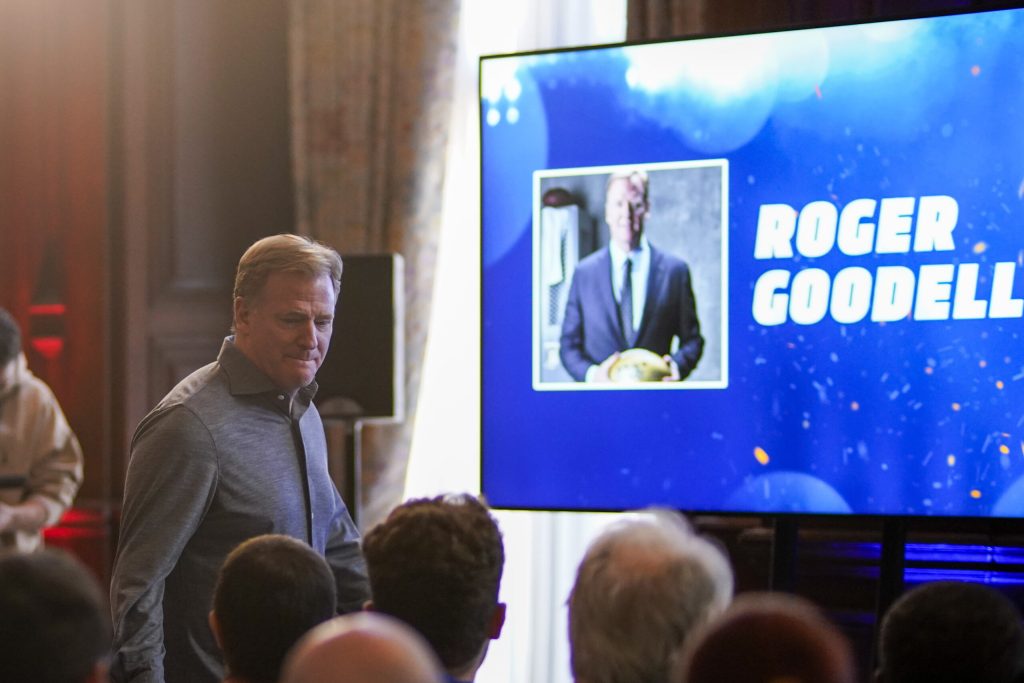
4. The Path Forward: What Needs to Change?
The NFL must take more aggressive steps to bring its concussion protocols in line with current scientific understanding. Neurologists and experts suggest several potential changes:
- Enhanced concussion detection: The league should prioritize the development of better real-time concussion detection technologies, including more advanced sensors and brain imaging techniques.
- Long-term monitoring: The NFL should implement long-term cognitive and brain health assessments for current and former players to better understand the long-term effects of repeated head trauma.
- Education and prevention: Comprehensive education programs on brain health and concussion prevention should be made available to players at all levels, focusing on proper tackling techniques and the importance of protecting the head.
- More independentoversight: The NFL should expand the role of independent medical professionals and neuroscientists in assessing players during games and training to ensure neutral decisions are made about player safety.
5. Conclusion: A Critical Time for Change
The NFL’s most recent revisions to its concussion protocols are a step in the right direction, but they still fall short in addressing the full complexity of brain injuries. With neurologists and sports medicine experts increasingly vocal about the gaps in the current system, it is clear that the league must evolve to better protect its players.
As research into brain injuries continues to advance, the NFL must be willing to adopt new technologies and protocols that reflect the latest scientific discoveries. The health and safety of players should be the top priority — not just for the future of the game, but for the well-being of the athletes who give everything on the field.
In the battle against concussions, the NFL is at a crossroads: it can either continue to delay full reform, or it can embrace the innovations and changes necessary to protect its players, now and in the future.

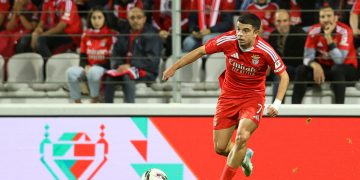
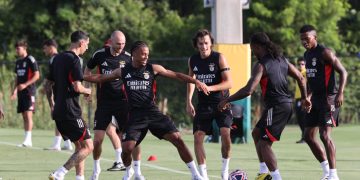











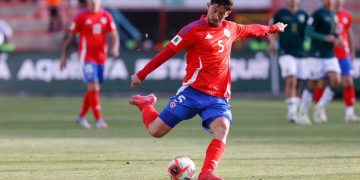

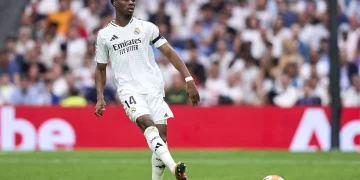




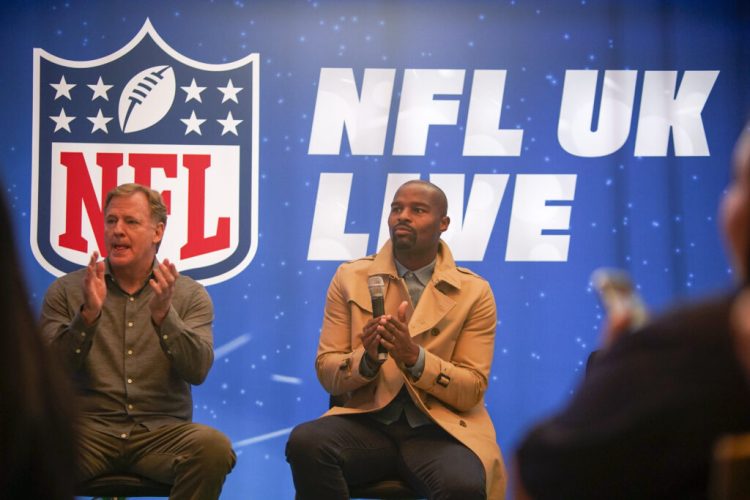












Discussion about this post